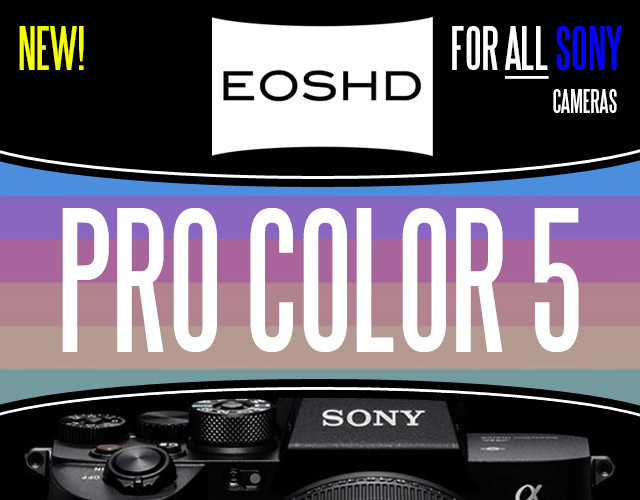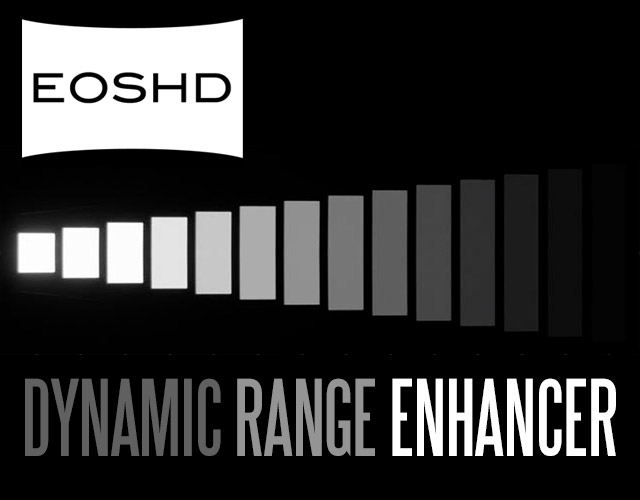Hybrid Shooters - 1 body for both photo/video or 2 bodies?
Hybrid Shooting ...
15 members have voted
-
1. If you're a hybrid shooter ...
-
It makes more sense to have 1 body that handles photos/videos equally well (cost, practice use, etc.)6
-
It makes more sense to have 1 body for photos and 1 for video (get optimal video in 1 and good enough photos in another)5
-
Other ... see my comment4
-
-
2. If I were to get 1 body that to prioritize color/image in photo/video
-
a7IV1
-
R61
-
S1H3
-
XT41
-
S53
-
Other - see comment6
-
-
3. If i were to get 2 bodies ... my photo body would be
-
EOS R1
-
a7III2
-
Other ... see comment12
-
-
4. If i were to get 2 bodies ... my video body would be
-
S1H2
-
S51
-
BMPCC 6K4
-
FX31
-
XT41
-
other ... see comment6
-




Recommended Posts
Create an account or sign in to comment
You need to be a member in order to leave a comment
Create an account
Sign up for a new account in our community. It's easy!
Register a new accountSign in
Already have an account? Sign in here.
Sign In Now